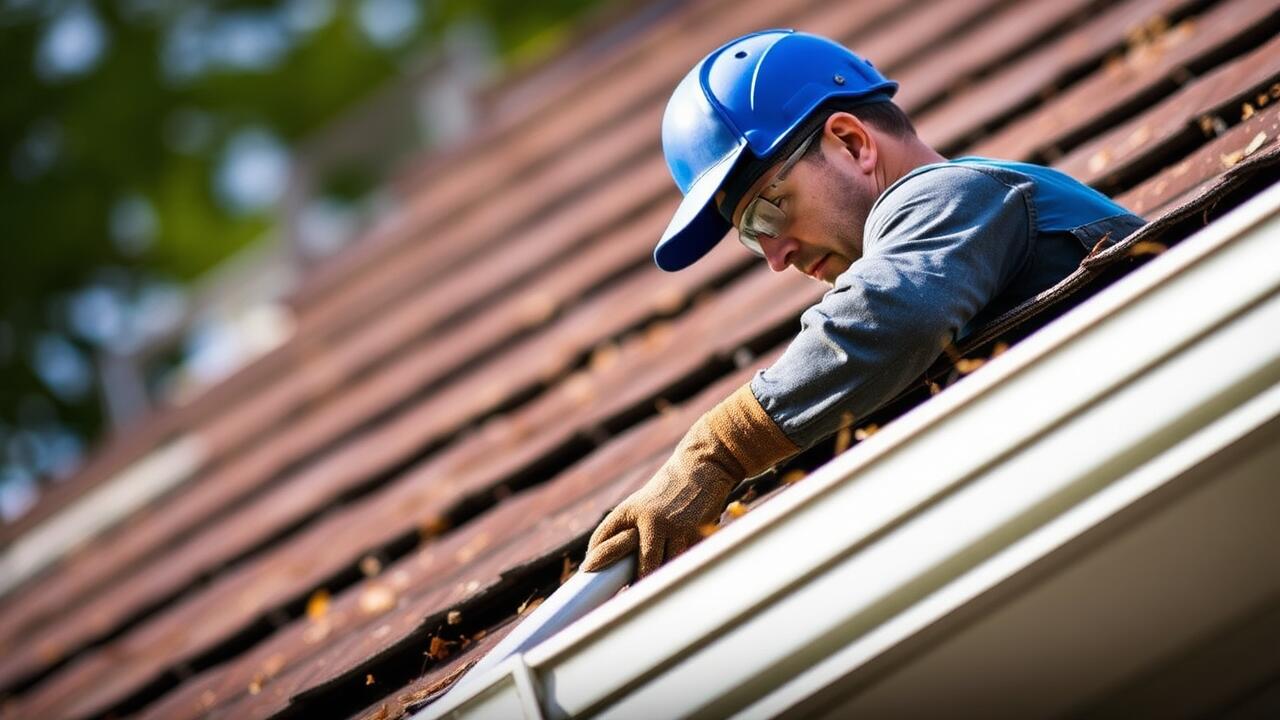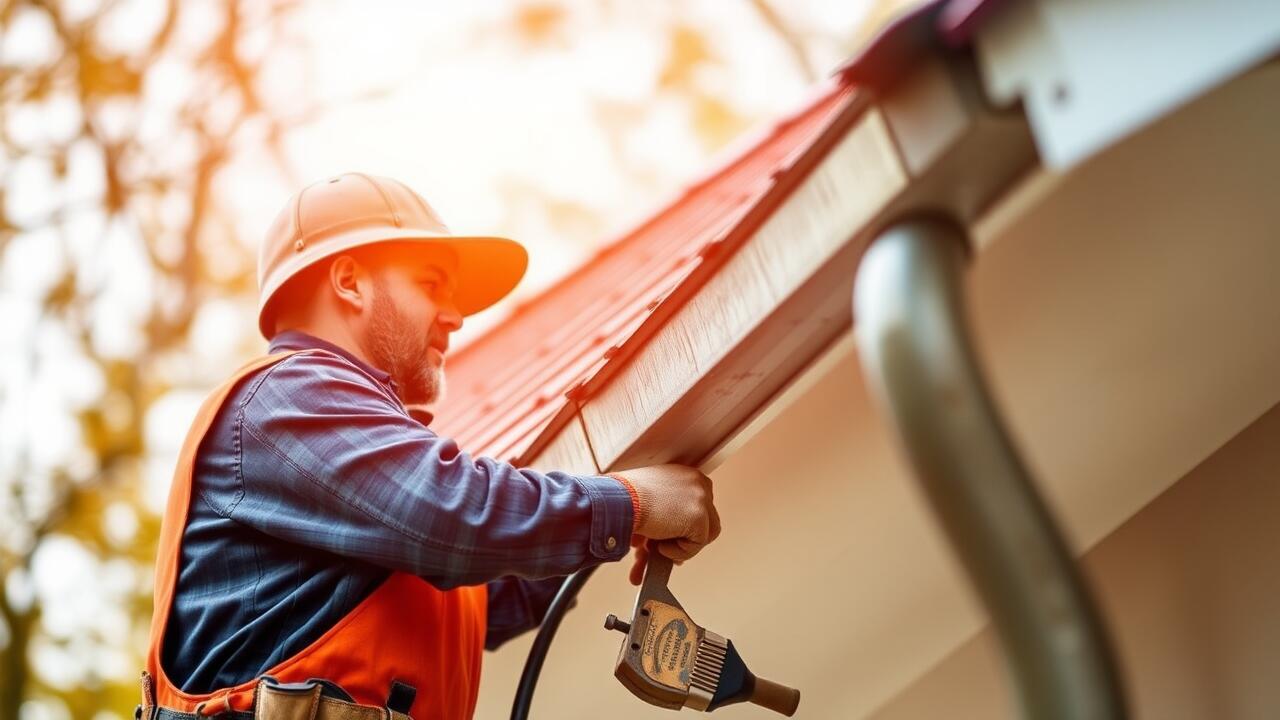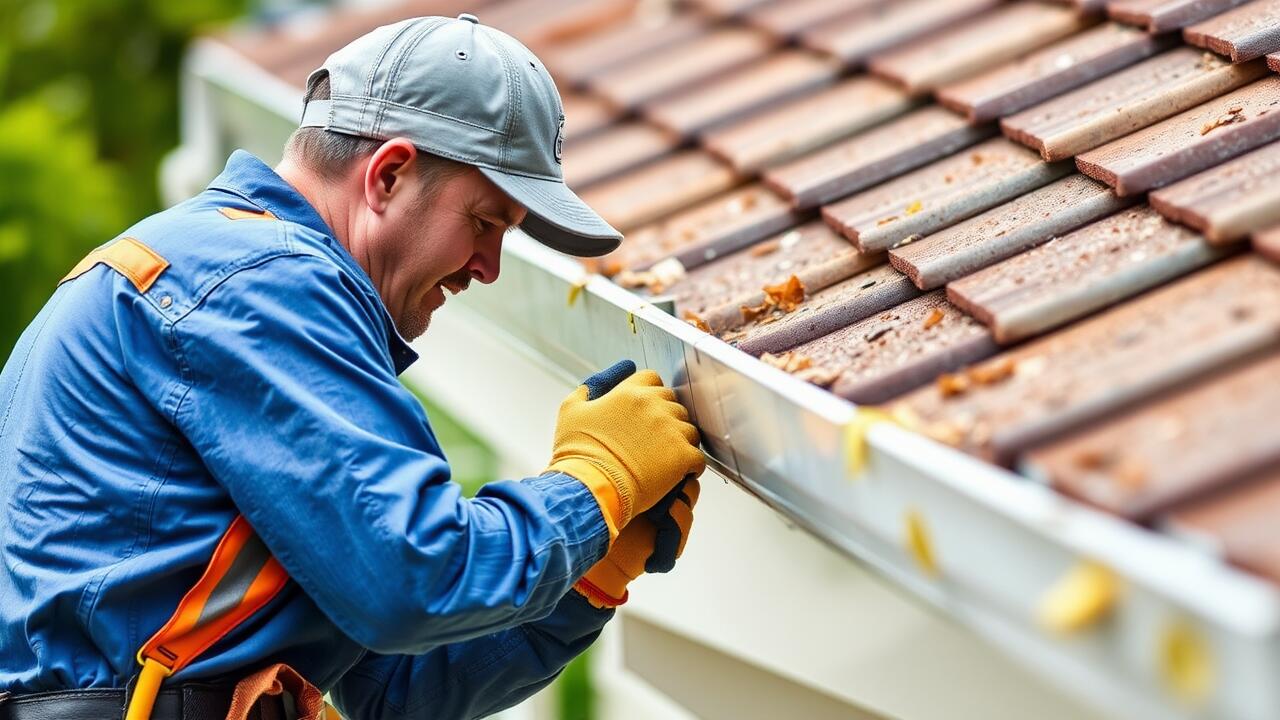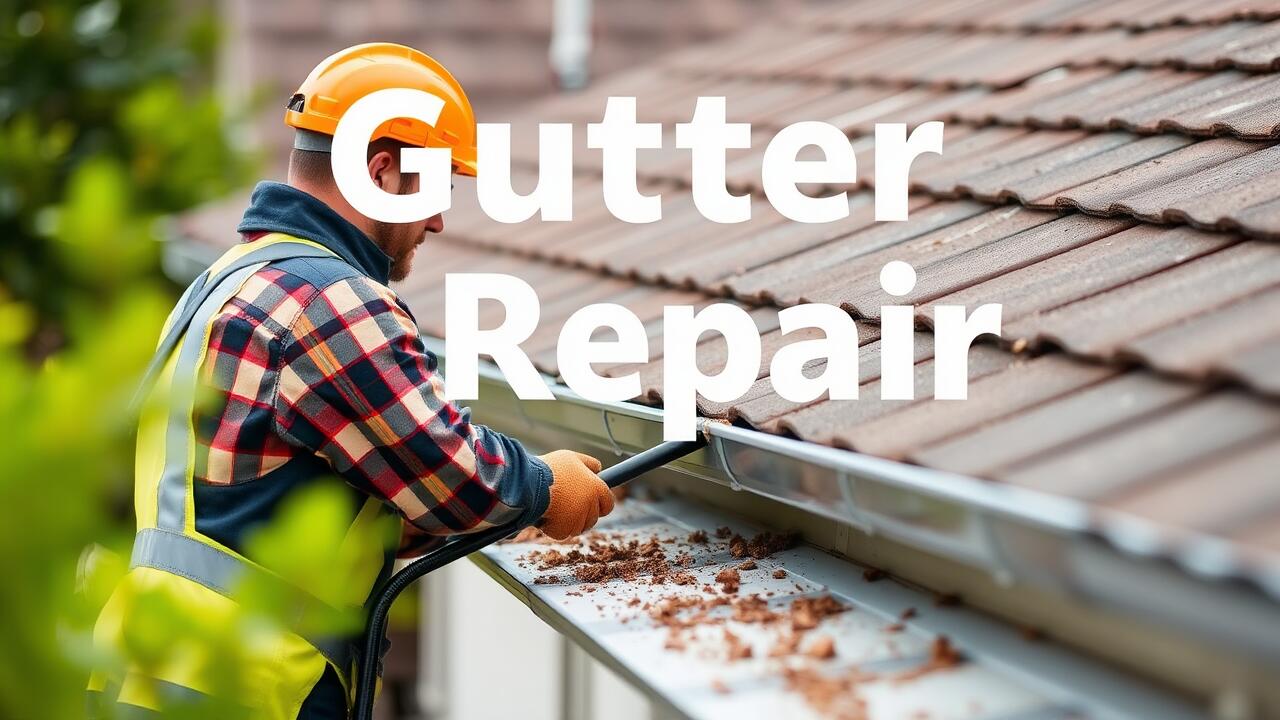
Assessing your Property's Water Management Needs
When assessing your property's water management needs, it is essential to evaluate how much rainfall your area typically receives. Regions with heavy precipitation require larger gutters to effectively channel water away from the foundation. In addition, understanding the existing drainage system can provide insights into whether the current setup meets the demands of seasonal weather patterns. For homeowners seeking reliable solutions, consulting with professionals like Carleton Park, Seattle Gutter Repair can offer tailored recommendations.
Another important factor to consider is the slope of your roof and the proximity of landscaping features. Roofs that have a steeper pitch can send water rushing towards the gutters, which may require a larger size to prevent overflow. Additionally, features like flower beds and sidewalks can influence how quickly water gets absorbed into the ground. Analyzing these elements in conjunction with professional guidance can lead to a more effective water management plan for your property.
Evaluating the Terrain and Surrounding Landscape
When evaluating the terrain and surrounding landscape of a property, it is essential to consider how these factors influence water drainage and gutter size requirements. Sloped areas may require larger gutters to handle increased runoff, while flat terrains might benefit from standard sizes. The presence of nearby trees, vegetation, and hardscapes can also impact water flow. Debris accumulation in gutters from overhanging branches could necessitate a larger size that minimizes clogs and ensures efficient water management.
In urban settings, such as those seen in Carleton Park, Seattle Gutter Repair, additional considerations include the potential for compacted soil and the proximity of buildings. Nearby structures can generate water flow that may overwhelm smaller gutters, particularly during heavy rainfall. Analyzing these characteristics provides a clearer understanding of how specific conditions affect water management needs and the overall effectiveness of the gutter system installed. Proper evaluation helps homeowners make informed decisions regarding the necessary gutter size, ensuring optimal performance and longevity.
Materials and Their Influence on Gutter Size
The choice of materials used in gutters plays a significant role in determining their size. Each material has unique properties that affect how much water can be effectively channeled away from a structure. For instance, metal gutters tend to have a higher strength-to-weight ratio, allowing for larger sizes without the risk of sagging or bending. In contrast, plastic gutters may be lighter and easier to install, but they often limit the potential for larger profiles due to their susceptibility to warping under extreme conditions. Homeowners should consider these factors when selecting the right material for their gutter system.
When evaluating options, it's also essential to think about long-term maintenance and longevity. Metal gutters, particularly those made from aluminum or galvanized steel, often come with a higher upfront cost but can outlast plastic options due to their durability. Additionally, companies like Carleton Park, Seattle Gutter Repair, emphasize the importance of proper installation techniques for each gutter type, as these can impact overall performance. A well-selected material can optimize water flow and drainage, ultimately contributing to the property's longevity and minimizing the need for frequent repairs.
Comparing Metal and Plastic Gutters
Metal gutters, often made from aluminum or steel, are known for their durability and longevity. They can withstand harsh weather conditions, which makes them a popular choice for areas experiencing heavy rain or snow. Their ability to resist rust, especially when coated, adds to their appeal. An aesthetic advantage of metal gutters is that they can be painted to match the home's exterior, enhancing overall curb appeal. However, they may require more upfront investment compared to plastic options, given the material's resilience.
Plastic gutters, typically constructed from vinyl, offer a different set of benefits. They are lightweight, making installation simpler and often less costly. Vinyl is resistant to rust and corrosion. The color options for plastic gutters might be limited, but they do not require painting. For homeowners in Carleton Park, Seattle, gutter repair professionals often recommend considering the specific climate and environmental factors when choosing between metal and plastic gutters. This decision can affect both the effectiveness of water management and future maintenance needs.
The Costs Associated with Different Gutter Sizes
When considering gutter sizes, it is essential to evaluate the costs associated with installation and maintenance. Larger gutters often come with higher upfront costs due to their increased material requirements and the need for specialized mounting systems. These expenses can vary depending on the selected materials and the complexity of the installation. Homeowners in regions like Carleton Park, Seattle, should account for local labor rates, which may also influence overall costs.
Ongoing maintenance costs can differ between smaller and larger gutter systems. While larger gutters may require less frequent cleaning due to their increased capacity, they may also necessitate additional attention to downspouts and drainage solutions. Homeowners should budget for periodic inspections and repairs, particularly in areas prone to heavy rainfall. Engaging a local expert like Carleton Park, Seattle Gutter Repair can aid in estimating these costs while ensuring that the gutter system functions effectively over time.
Budgeting for Installation and Upkeep
When considering the costs associated with gutter size, installation and upkeep play significant roles in the overall budget. Larger gutters tend to require more materials and labor during the installation process, which can increase initial expenses. Homeowners should gather multiple estimates from contractors, ensuring that they account for the specific needs of their property and the local climate. Adjusting the size of the gutters can affect both long-term performance and maintenance costs.
Furthermore, routine maintenance can vary depending on the gutter size and material. For example, wider gutters may capture more debris, necessitating more frequent cleaning. Investing in high-quality materials can lead to lower maintenance costs in the long run. Homeowners in need of repairs or installation services might consider reaching out to professionals like Carleton Park, Seattle Gutter Repair for tailored advice and high-quality workmanship.
FAQS
What factors should I consider when assessing my property’s water management needs?
When assessing your property’s water management needs, consider factors such as the size of your roof, local rainfall patterns, and the terrain and landscaping surrounding your property. These elements will help determine the appropriate gutter size and design for effective water drainage.
How do different materials affect gutter size?
Different materials, such as metal and plastic, can influence gutter size due to their weight, durability, and installation methods. Metal gutters may require more robust support and larger sizes to handle the weight of water and debris, while plastic gutters might be lighter and could allow for smaller sizes.
What are the cost differences between various gutter sizes?
The cost of gutters can vary based on size, material, and installation complexity. Generally, larger gutters may incur higher material costs and installation fees. Additionally, the maintenance and upkeep costs can also differ, with larger systems potentially requiring more frequent maintenance.
How can I determine the right gutter size for my property?
To determine the right gutter size, evaluate your roof’s area, consider local rainfall intensity, and assess the slope of your property. Consulting with a professional can provide insights tailored to your specific situation and ensure proper water management.
What are the long-term benefits of investing in the right gutter size?
Investing in the right gutter size can lead to better water management, reduced risk of water damage, and lower maintenance costs over time. Properly sized gutters can efficiently channel water away from your foundation, preventing erosion and structural issues.



